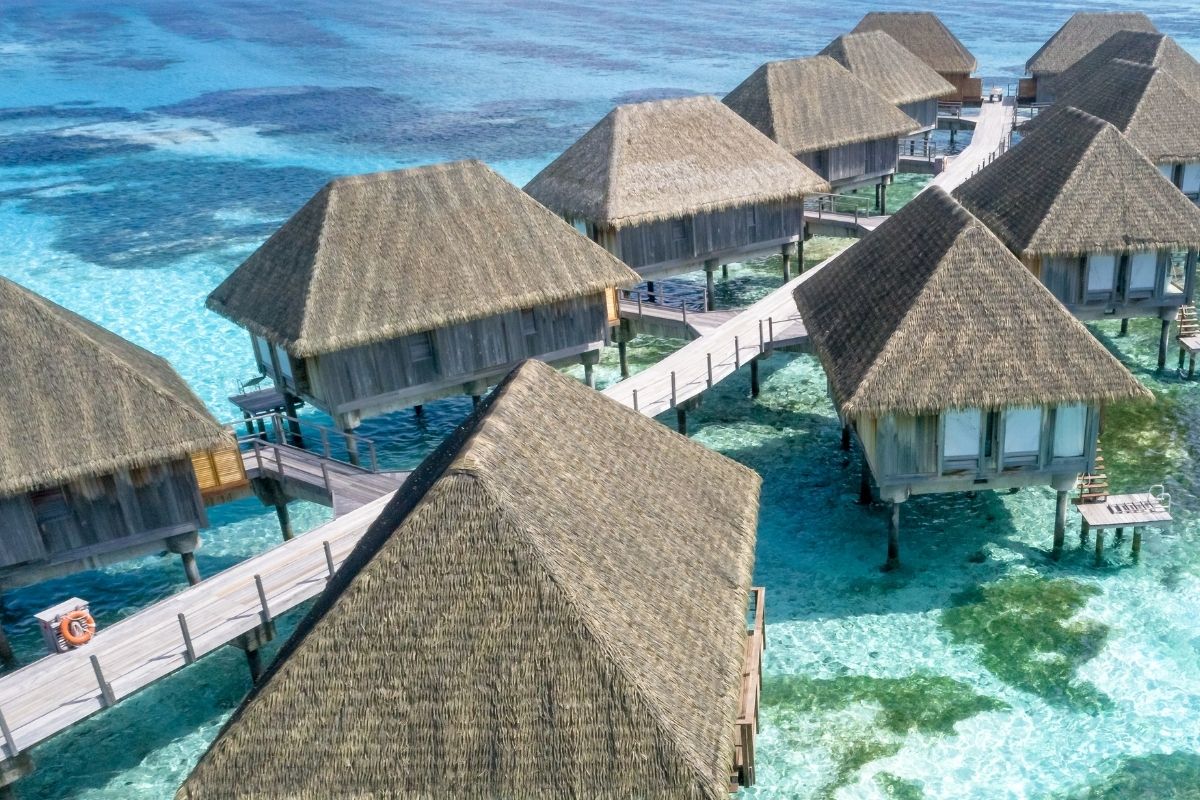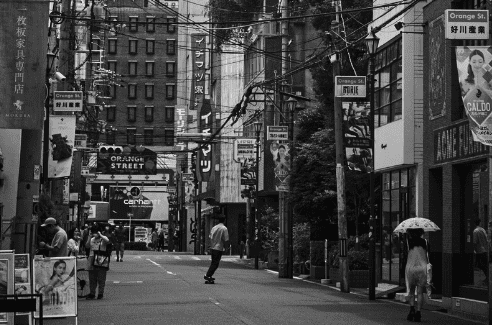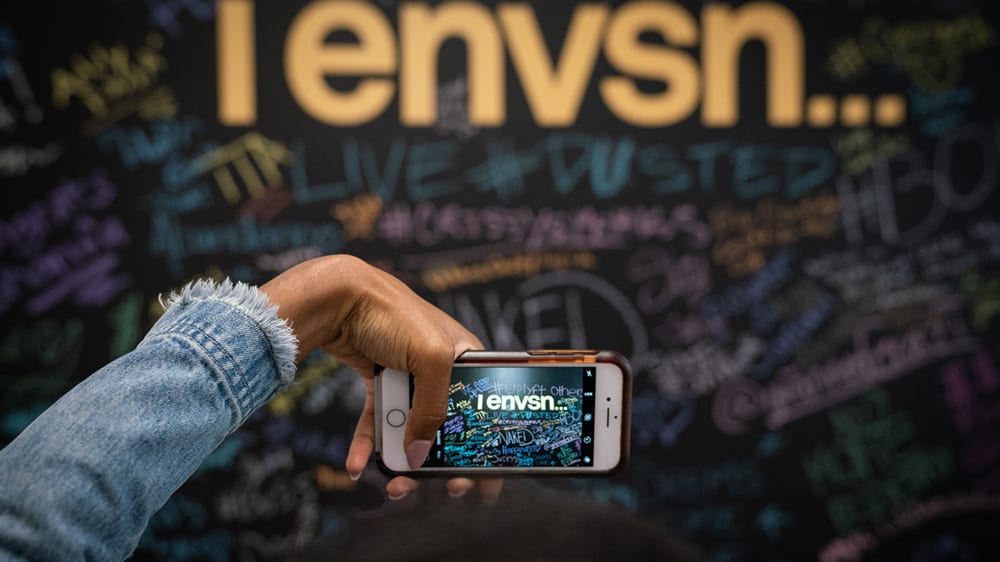Destination Marketing and Placemaking: Activity: Generating Demand and Marketing: New York
Why do people travel? There are so many reasons for travel. It could be for special events, occasions, to see new sites, or just visit an interesting city. Let’s take New York City, for example. One of the greatest global cities in the world.
The idea for global tourism is that people leave their home country to experience something interesting that they can’t experience back home. And if you look at the list of the most popular international destinations — France is number one at 85 million international visitors, followed by Spain, and then the United States, at about 75 million. New York City itself gets about 13 million visitors a year.
So why then, do people come to New York City? It’s an amazing place, for one. Diversity. Different cultures. Chinatown. Little Italy. Koreatown. But, there are also very interesting sites too. Central Park is probably the most popular site because it’s open, free, and provides such a contrast in a park experience. Take for example, a traveler from Finland, who might view Central Park as akin to a Finnish forest in the middle of skyscrapers.
And there’s also the 9/11 memorial and museum. The One World Trade tower. And a lot of museums. The famous Metropolitan (Met). The Museum of Natural History. There are many sites here to choose from. A common travel custom now is for the tourist to act like a local and experience things that the locals do. Consumers find these experiences to be authentic. And that’s something that New York City can offer a lot of.
And now thanks to social media, you don’t even have to do a lot of advertising anymore.
In creating your destination marketing plans, look at various sources that rate and rank the most popular attractions and activities in New York City. You don’t have to choose the most popular ones, but use some criteria to choose the ones that you would actually have as part of your vacation plans. For instance, you’ll be traveling to New York City for one week. Find out what you would do during those six nights and seven days. Then describe this in a one-page memo in terms of the criteria you used.



